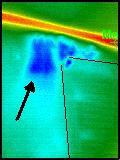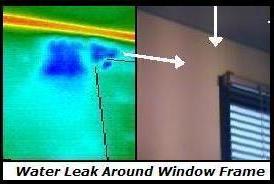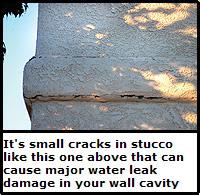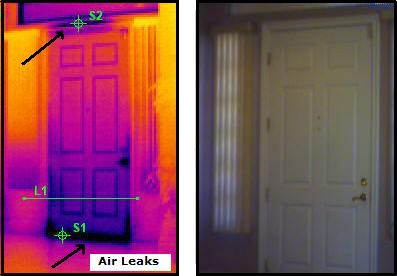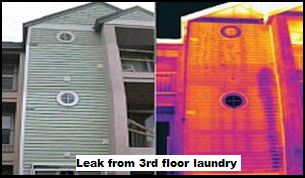How to find a leak before calling a plumber!
Trying to find a leak around the home can be very frustrating and can get very expensive… especially if the leak is behind a wall, or a roof leak. A plumber can usually fix water leaks very quickly, but it’s the actual process to find the water leak that can really cost you big dollars!
When your paying a plumber, roofer or builder to find a leak, they may need to pull down multiple walls to ‘get a better idea’ of where the problem is, and to you, that could mean additional money going out of your pocket to replace the gib board/cladding, plus the painting and plaster work etc to get it all back up to scratch. So what if your plumber/builder is trying to find a leak, and ends up pulling down a wall in an area that has nothing to do with the leak source? It’s easy for someone to pull down a wall, or stick a screwdriver through to ‘test’ if an area has excess moisture, but i’m saying this kind of process to find a leak simply isn’t required. There’s a much faster and non-destructive way to go about it.
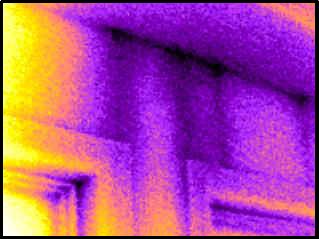
How to find a water leak in a non-invasive way:
Leak detection by way of thermal imaging is the key to a fast, neat and tidy leak fix. Why? for starters, we can detect potential leaks penetrating your inside walls within minutes… with both our IR camera and our back up test with a moisture meter. Secondly, we can usually see where the leak is coming from, and where the leak damage ends. After viewing the infrared photos we take, your plumber or builder can go directly to the problem, and not have to tear down your walls in places that aren’t required… saving you money.
Quickest way to find a leak…
Detecting water leaks fast… that’s what we do. We are trained thermographers who specialise in leak & moisture detection using a high tech thermal imaging camera, and pinpointing potential problem areas in your home or office.
Need to find a leak fast? Contact us today!

